
Internet of things (IoT) with the latest in machine-learning backed algorithms are the way logistics would be optimized to meet all customer demands and requirements, right from fast shipping, live tracking and notifications, and on-time delivery with optimized final mile movement.
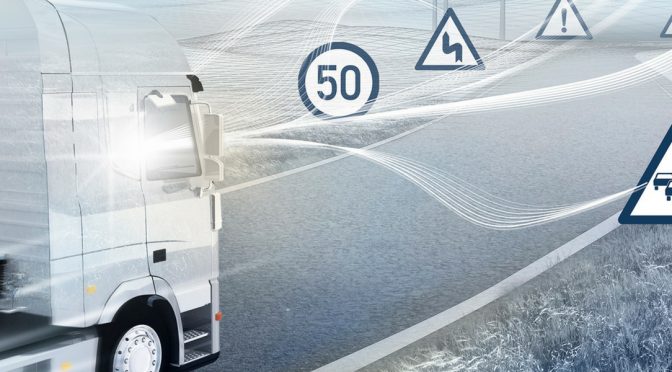
According to the American Trucking Associations, freight tonnage hauled by trucks would increase by 27% (between 2016 and 2027). With global retail sales to touch $27 trillion by 2020, it just adds to the problems of high volume and restricted resources. Most of these companies would win or lose based on how they optimize their last mile deliveries.
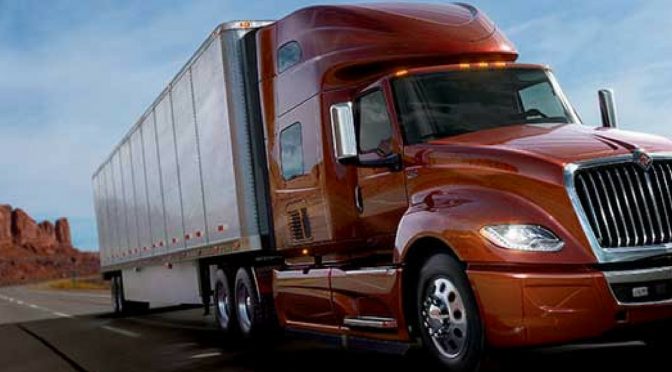
Know where your drivers are at all times. A trucker was lost in snow-covered woods in Oregon for four days when the wrong address was plugged into the GPS. He managed to survive and walk back to more populated areas when his truck got stuck on small roads.
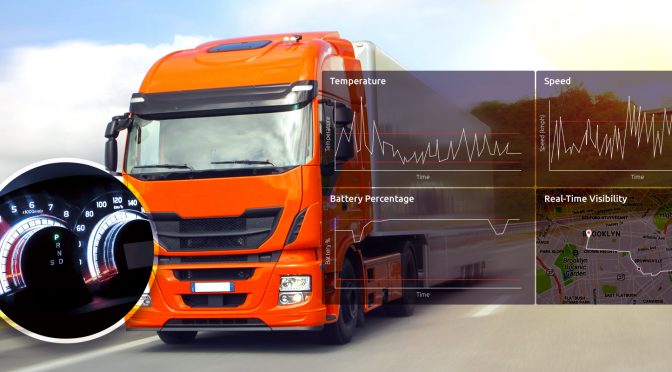
Reduce your logistics management costs and increase overall efficiency by tracking drivers and their behavior in real-time. Industries, especially those with sensitive cargo and shipments, focus on tracking the behavior of their drivers to ensure service level agreement (SLA) compliance.
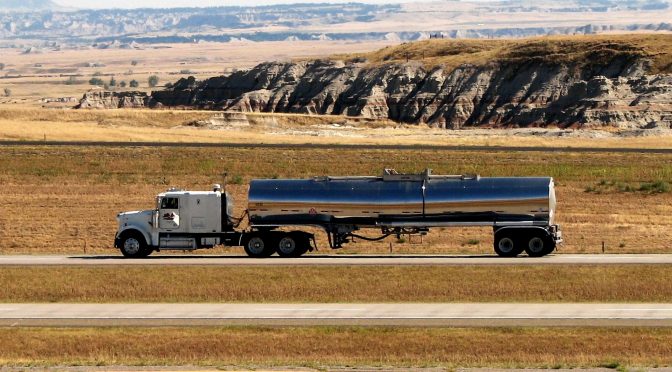
The Phase 2 (Mandatory Implementation) of ELDs began on the 18th of Dec 2017. US Department of Transport is mandating that drivers be on duty for a fixed set of hours (60 hours in 7 days, or 70 hours in 8 days; based on the breaks taken in between). There are multiple constraints was total hours of driving.

How you perceive your logistics management solutions affect how you allocate and direct your last mile deliveries. Your last mile delivery management system has a purpose. It is a crucial factor in how you satisfy the market demand and that too, on-time.
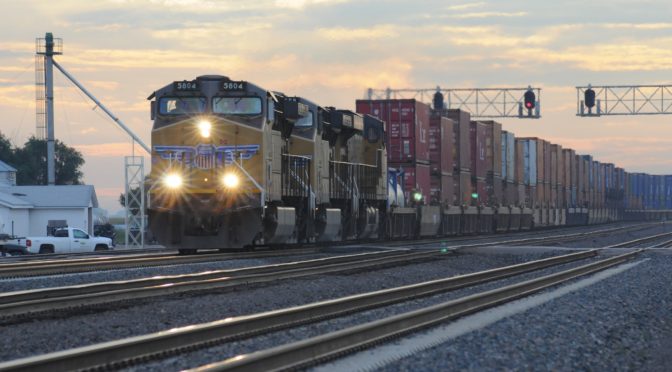
The next big thing, FaaS, is slated to cover more than 30% of total logistics management growing to $900 Billion by 2030. These numbers are striking enough to sit up and talk about the utilization of FaaS and how it would affect the fleet management systems already in place. How would it work?
Workforce tracking technologies have been around for a while. Individuals on the field use their hand-held devices to log in project updates as and when they happen. It is just now that this process has done a back-ward integration to encompass almost all scheduling activities.
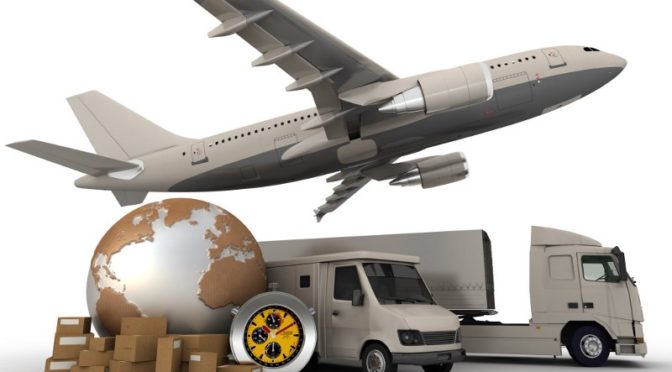
The courier and logistics market in India poses some interesting questions, especially if one is trying to find answers to these questions by means of technology. Leading the upscaling of a fast-growing logistics and field workforce optimization company, I got an excellent opportunity to solve the problems posed by this industry from a technology standpoint, some of them were as follows.

